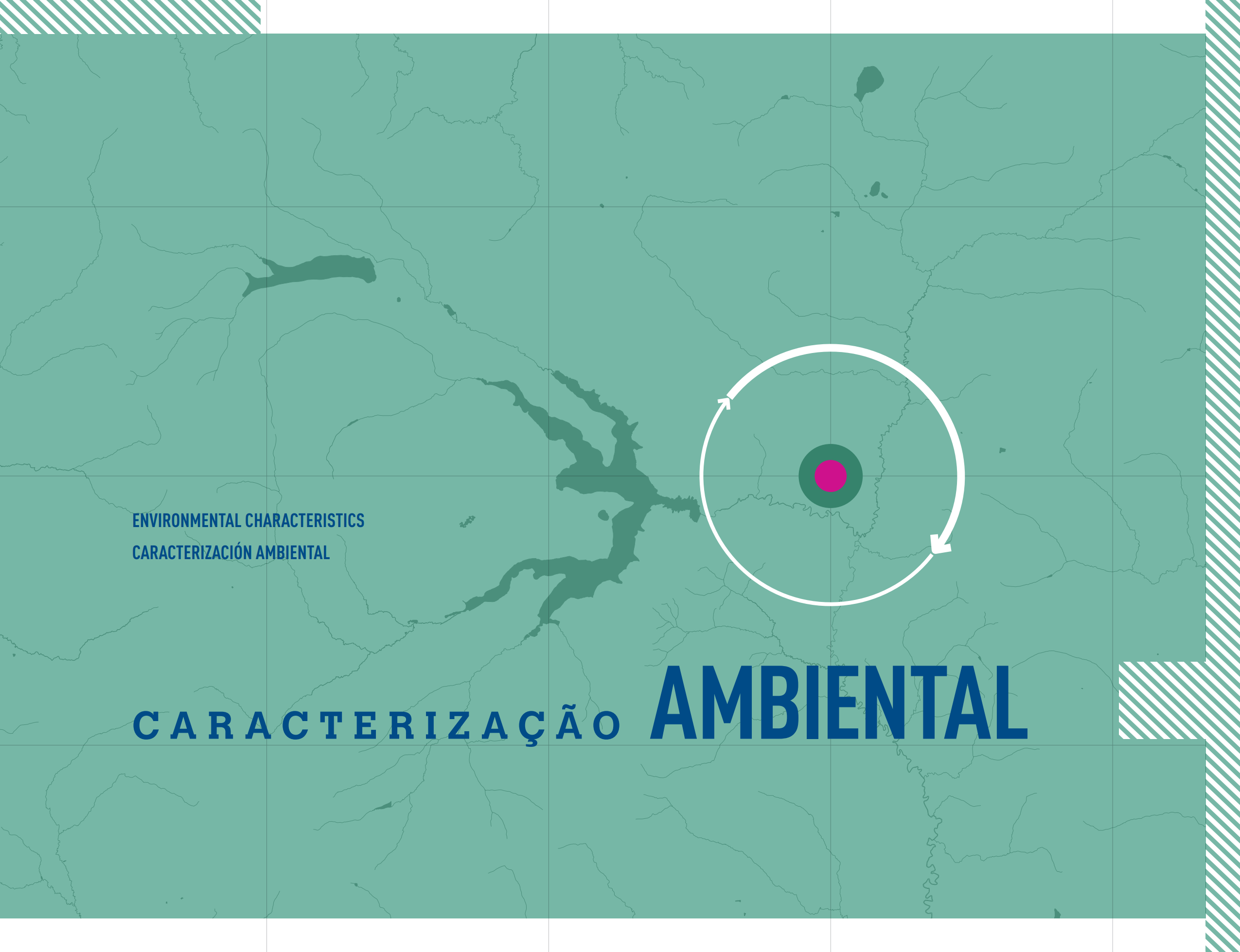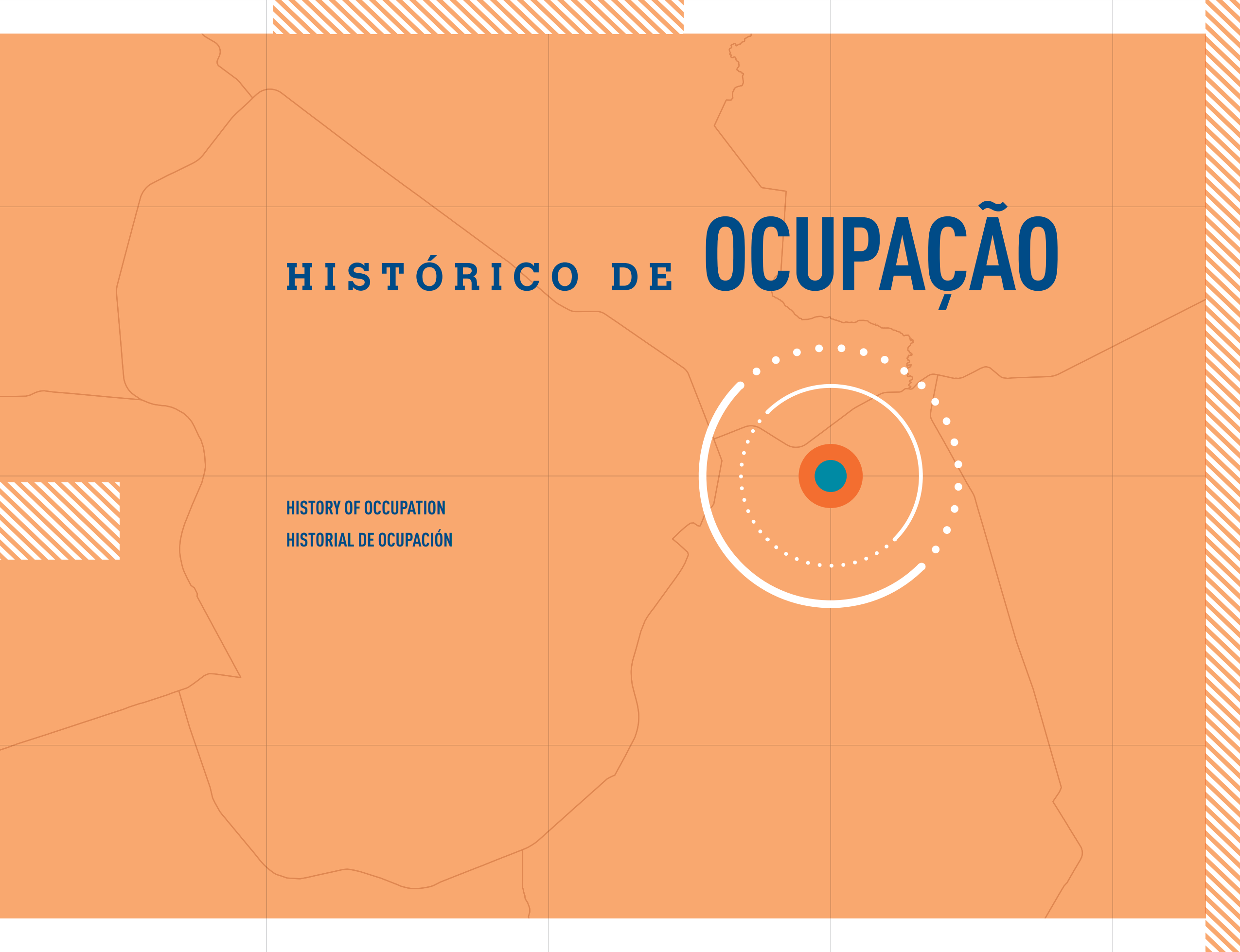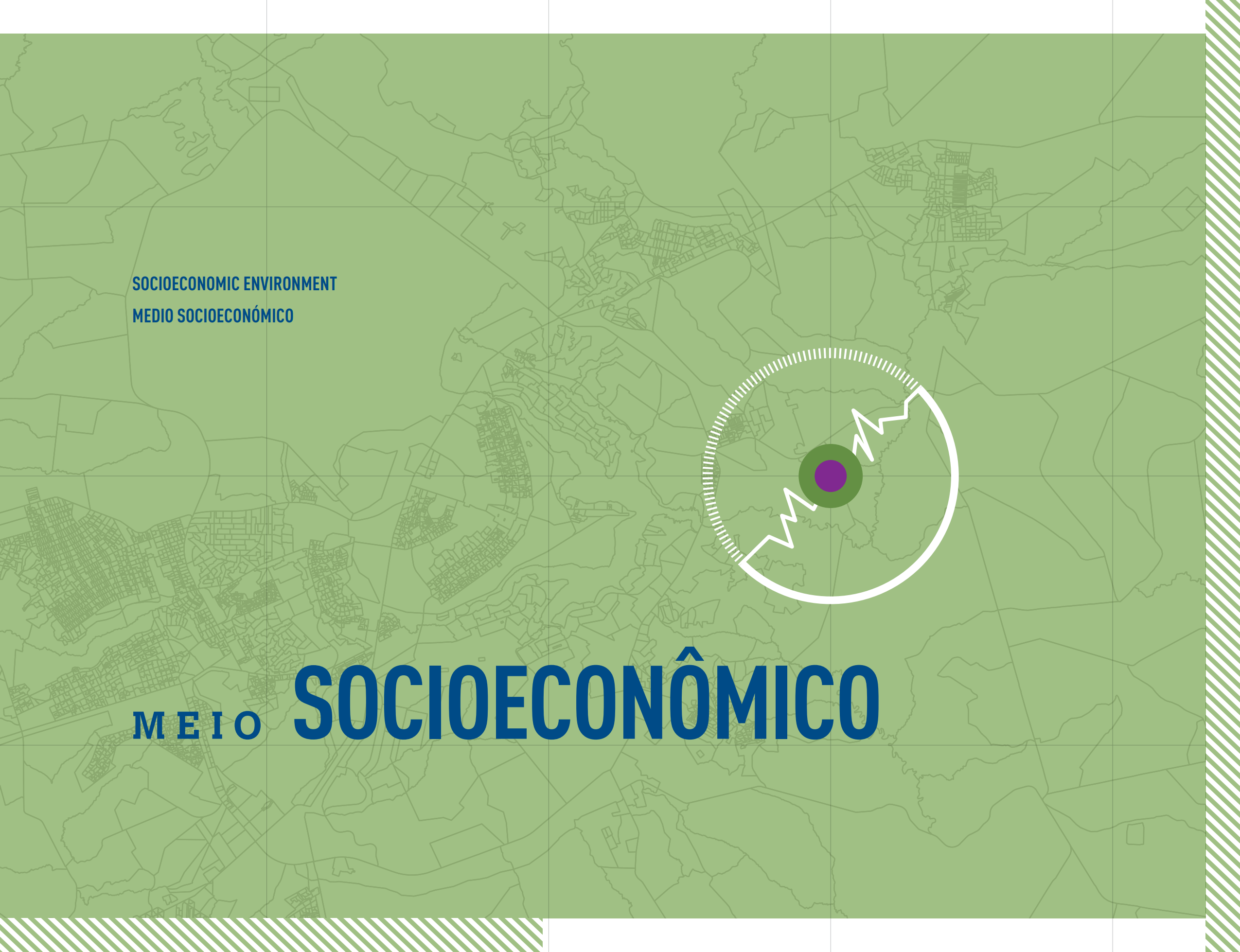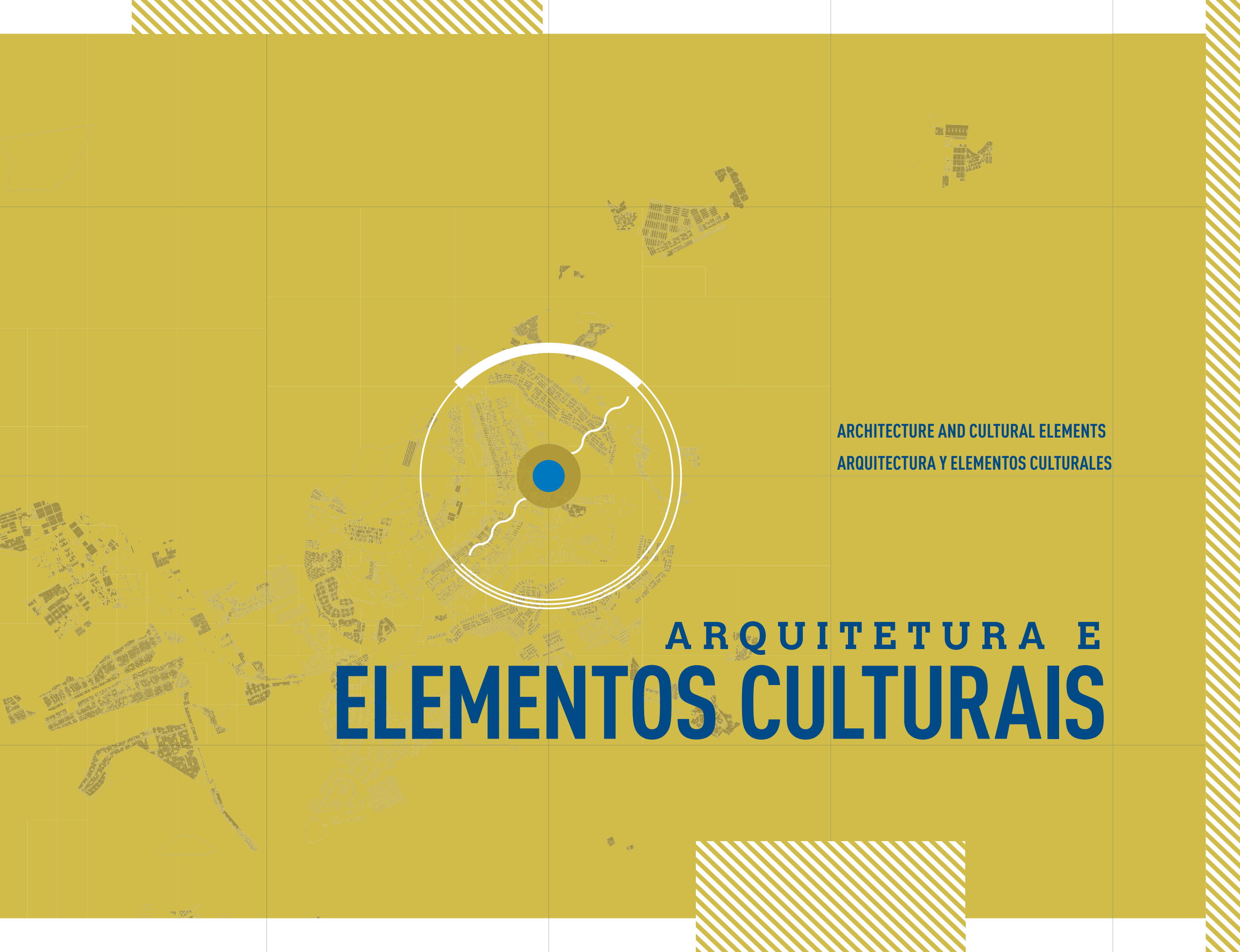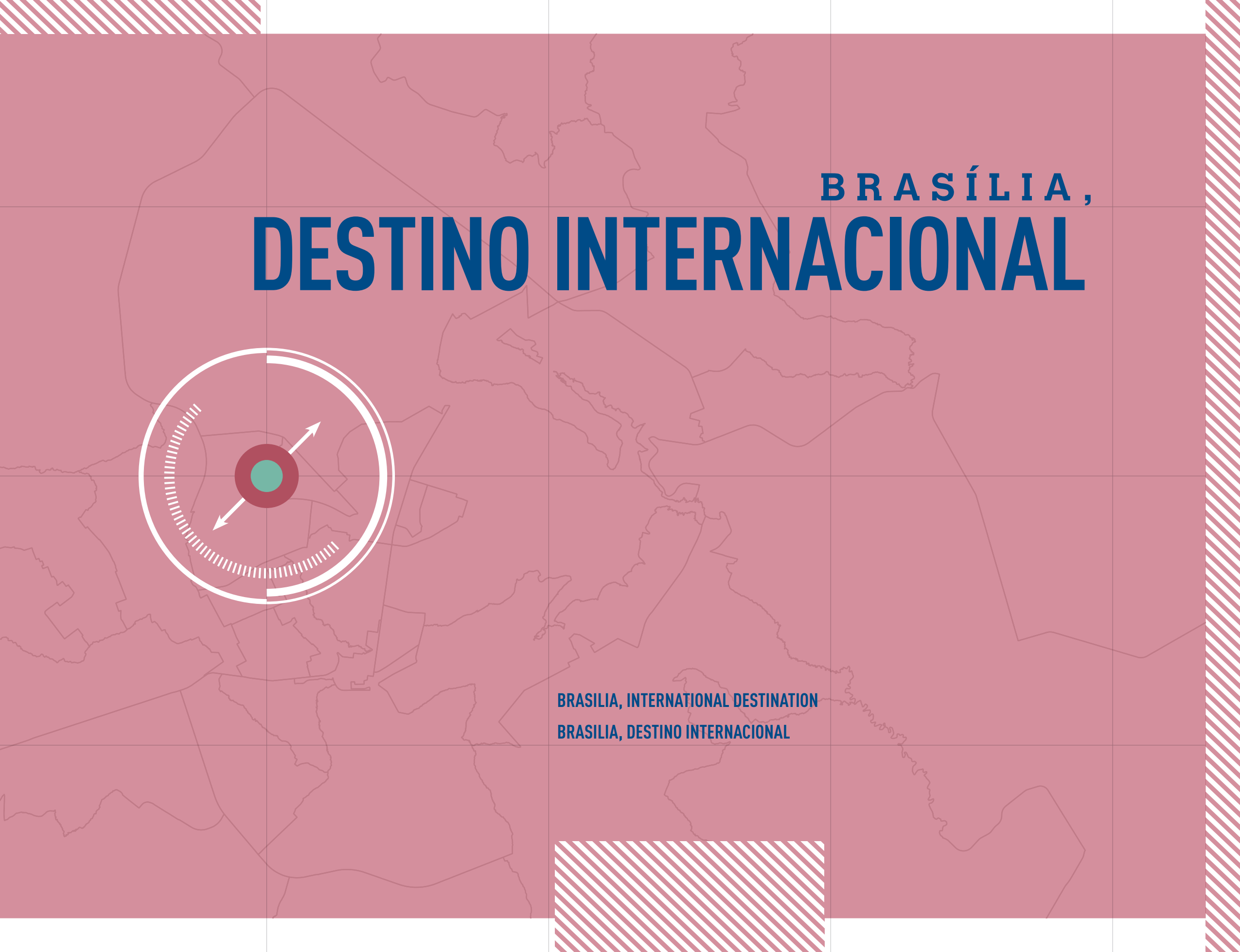The Federal District - Federal District is located between the 15°30’ and 16°03’ south latitude parallels and the 47°18’ and 48°17’ west longitude meridians, in the CentralWest Region of Brazil. The Federal District covers an area of 5,761 km², which corresponds to approximately 0.06% of the national territory. The Federal District has the natural limits of the Preto River to the east and the Descoberto River to the west. The northern and southern limits are limited by straight lines that define the quadrilateral corresponding to its area. It shares boundaries with the following municipalities: Planaltina, Formosa, Cristalina, Cidade Ocidental, Valparaíso de Goiás, Novo Gama, Santo Antônio do Descoberto, Águas Lindas de Goiás and Padre Bernardo, which are in the state of Goiás, and Cabeceira Grande, in the state of Minas Gerais.
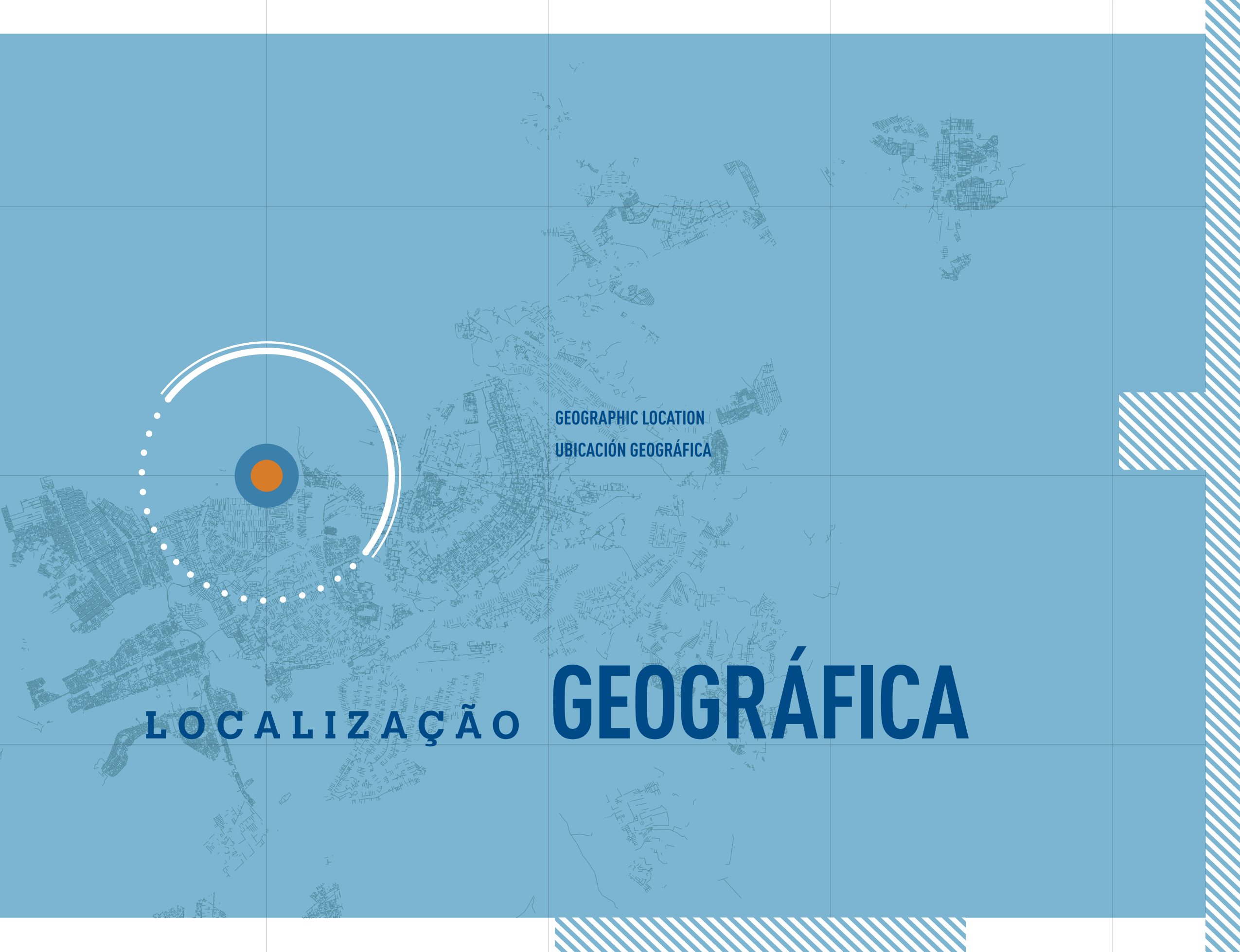
 Read more
Read more